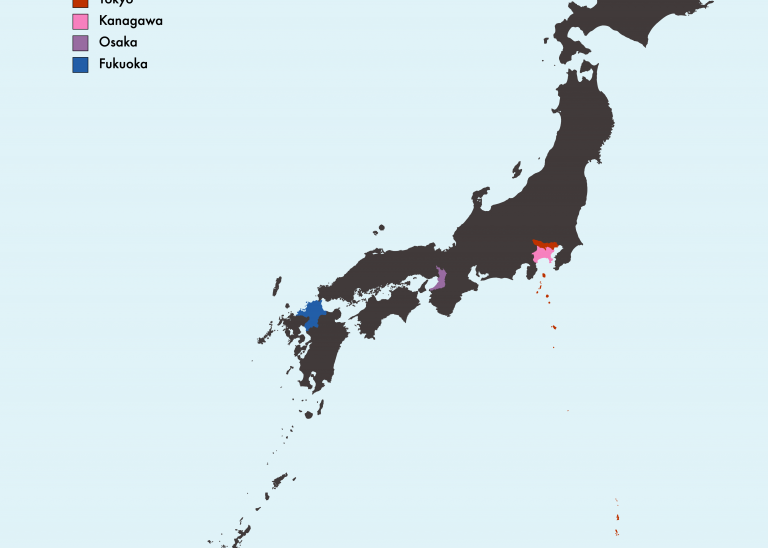Julie Wagner (@wagnerjk) is Director of the newly formed Global Institute on Innovation Districts, President of Urban Insight, an innovation district consultancy, and a prolific researcher and writer focused on innovation districts globally. At seedsprint, we have been closely following the rise of these districts. In this guest post, Julie discusses the need for inclusiveness in district planning and execution.

For the last decade a chorus of global researchers and academics have helped document an emerging geography of innovation and economic growth: innovation districts. Found primarily in cities and urbanizing areas, these districts leverage the research and innovation assets of universities, hospitals and businesses to create a “collaborate to compete” agenda and mindset. Unlike science parks and science corridors, the physical landscape in these districts is compact: innovation districts thrive on density and physical proximity, with the district connected to the wider community by public transportation and other 21st Century infrastructure. In short, these locales leverage the assets of “the city” they are embedded in and do so with conviction and creativity.
In stepping back and observing their work, the deepest impression I have is that to do this well—where the range of actors in close proximity are leveraged, where the physical form is re-imagined to create walkable, open communities and where adequate financing is aligned and sequenced—requires tremendous leadership and strategic, empirically-grounded insight. It can take years, if not decades, to find the right balance of assets, to grow a new “collaborate to compete culture,” and to re-develop land that is often fragmented.
With many of today’s districts adjacent to low income communities, districts should not, nor can they, look only within themselves to create new engines of innovation, ingenuity and growth. Creating systemic linkages between innovation and inclusion is the right agenda for districts—even in the midst of the complexity of the work before them. In a world where scarcity of talent is commonplace, many districts are developing new, or re-inventing existing, local talent development systems: new schools, new programs, mentoring, workforce development training and more.
Many district leaders (who are pioneers in this emerging field) have internalized this imperative, and yet continue to express how their work is not enough. Even with a robust inclusion agenda, districts, for example, are quickly confronted with systemic challenges requiring a greater alignment with city, regional and even state actors:
- The desire to create a new, or enhance an existing school, requires the supportive engagement of government agencies and officials.
- The ability to link new jobs to workforce development training programs requires an alignment with government and not for profit programs.
This is an oversimplified summary and requires connecting disparate efforts to produce a system of meaningful training, streamlined job placement and supportive mentoring along the way. None of this is easy. It takes considerable time to learn new systems and find the right solutions.
And when these linkages do happen, and when they are working, I find that both district and community leaders continue to reflect that still more work is needed.
I am frequently asked by the media to explain how innovation districts are failing or to pinpoint their weaknesses. I believe the better approach is to first acknowledge that as a whole, we—in the United States as in many other countries—have failed to give all of our citizens the same access to opportunity and growth for hundreds of years. And as a result, we now have an outsized responsibility to do more.
While innovation districts should be a strategy to create new opportunities for local growth, I am deeply concerned that many districts will be shunned or become a source of anger from the broader population. Are they part of the problem, the one we have struggled with for centuries? Or are they part of a broad and integrated set of solutions?
In an upcoming paper soon to be released by the recently founded Global Institute on Innovation Districts, we look at the issue of innovation and inclusion with an honest reflection that more work is ahead. In this paper, “The Evolution of Innovation Districts: The New Geography of Global Innovation,” we reflect that districts are contending with the challenge of linking innovation and inclusion. In the United States, in particular, a country experiencing deep economic divides, local leaders and residents have questioned whether innovation districts will ameliorate or exacerbate this complex and longstanding challenge. In response, the imperative for meaningful inclusion—where innovation districts work for everyone—will stimulate what is likely to be a new set of inclusion and social innovation strategies to guide districts in the future.
Innovation districts, when blended with ambitious inclusion strategies from the start, are the right agenda, one that comes at the right time.



